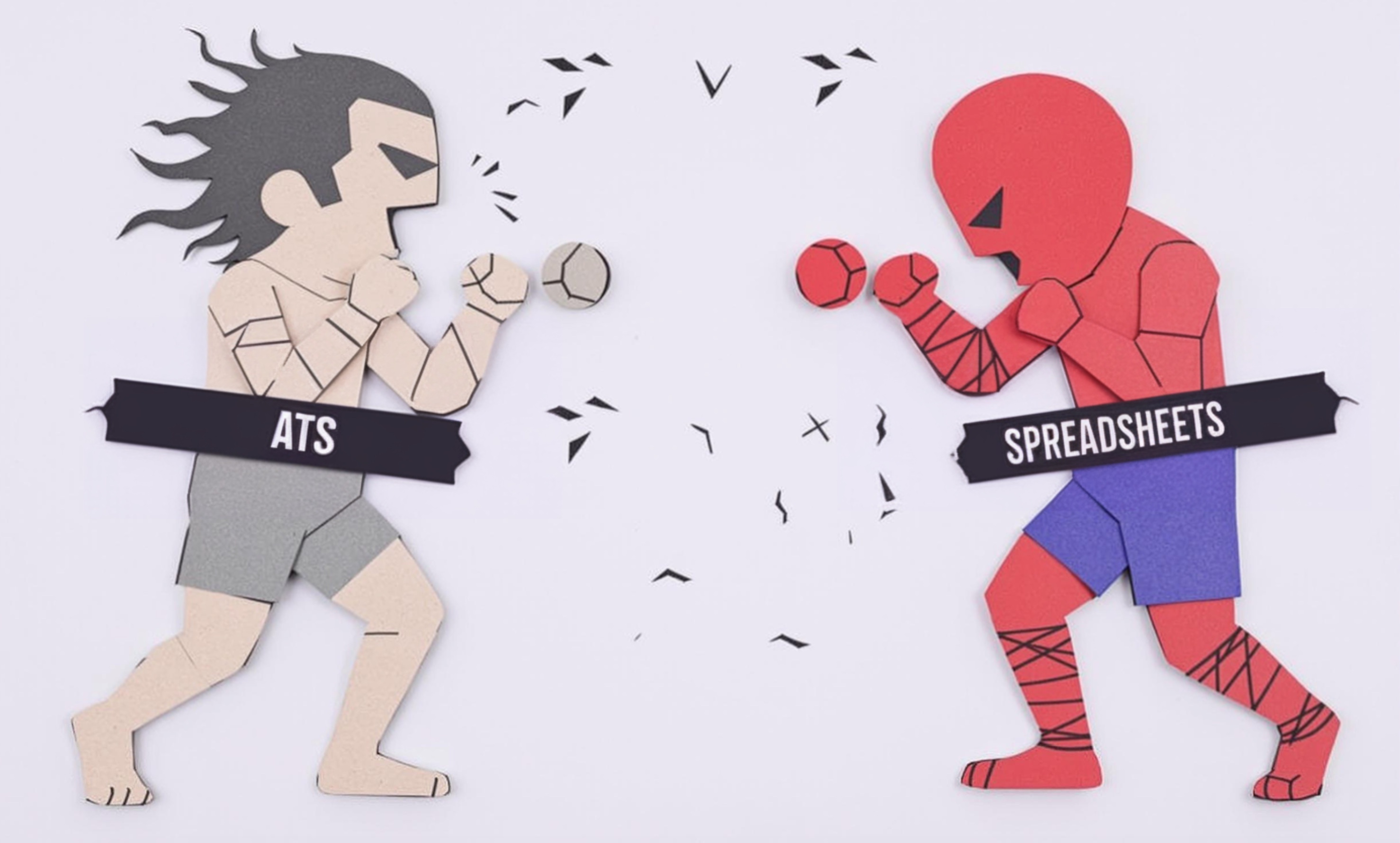
Spacing Charts
Spacing Charts are essential planning tools used in the entertainment industry for organizing and visualizing stunt sequences safely. These diagrams show the exact positions, distances, and timing of performers, equipment, and safety personnel during complex action scenes. Think of them like a detailed blueprint or game plan that helps stunt coordinators ensure everyone knows where to be and when, making dangerous stunts as safe as possible. They're similar to sports playbooks or dance choreography notes, but specifically designed for action sequences in movies, TV shows, or live performances.
Examples in Resumes
Created detailed Spacing Charts for 20+ high-risk vehicle stunts in major action films
Developed comprehensive Spacing Charts and safety protocols for multi-performer fight sequences
Implemented Stunt Spacing Charts for complex wire-work choreography in superhero productions
Typical job title: "Stunt Coordinators"
Also try searching for:
Where to Find Stunt Coordinators
Professional Organizations
Industry Networks
Training Resources
Example Interview Questions
Senior Level Questions
Q: How do you develop spacing charts for complex multi-vehicle stunt sequences?
Expected Answer: A senior coordinator should explain their process of measuring distances, calculating speeds, timing sequences, and incorporating safety margins. They should mention coordination with all departments, including special effects, camera, and safety teams.
Q: How do you adapt spacing charts when location conditions change?
Expected Answer: Should demonstrate experience in quick problem-solving, explaining how they reassess safety parameters, adjust measurements, and communicate changes to all team members while maintaining safety standards.
Mid Level Questions
Q: What essential elements must be included in every spacing chart?
Expected Answer: Should list key components like performer positions, equipment placement, safety personnel locations, escape routes, and timing markers, explaining why each is important.
Q: How do you communicate spacing chart information to different departments?
Expected Answer: Should explain methods for clearly conveying technical information to both stunt performers and non-stunt personnel, emphasizing safety protocols and coordination.
Junior Level Questions
Q: What basic measurements and calculations are needed for a simple spacing chart?
Expected Answer: Should explain basic distance measurements, timing calculations, and safety buffer zones needed for straightforward stunt sequences.
Q: How do you mark and measure distances on location for spacing charts?
Expected Answer: Should describe basic tools and techniques used for measuring and marking distances, demonstrating understanding of safety margins and basic spacing requirements.
Experience Level Indicators
Junior (0-3 years)
- Basic stunt sequence planning
- Understanding of safety protocols
- Simple spacing measurements
- Basic stunt terminology
Mid (3-7 years)
- Complex stunt sequence planning
- Advanced safety coordination
- Multiple performer coordination
- Department communication
Senior (7+ years)
- High-risk stunt planning
- Team leadership
- Budget management
- Complex production coordination
Red Flags to Watch For
- Inability to explain basic safety protocols
- Lack of experience with measurement tools
- Poor communication skills
- No knowledge of industry safety standards
- Missing certifications in stunt safety
Related Terms
Need more hiring wisdom? Check these out...

Beyond Spreadsheets: Why Executive Dashboards in ATS Systems Are Your Secret Hiring Weapon

Why Your Hiring Spreadsheets Are Secretly Sabotaging Your Recruitment

Beyond Borders: Mastering the Art of a Global Onboarding Calendar

